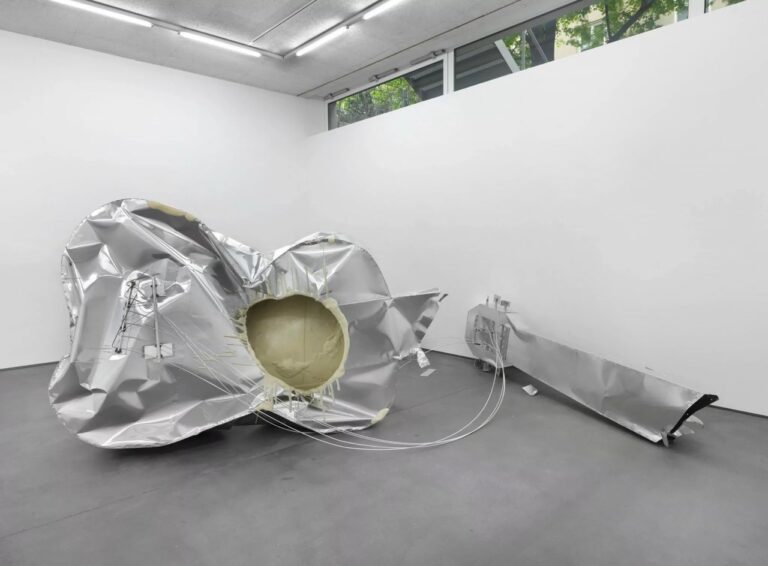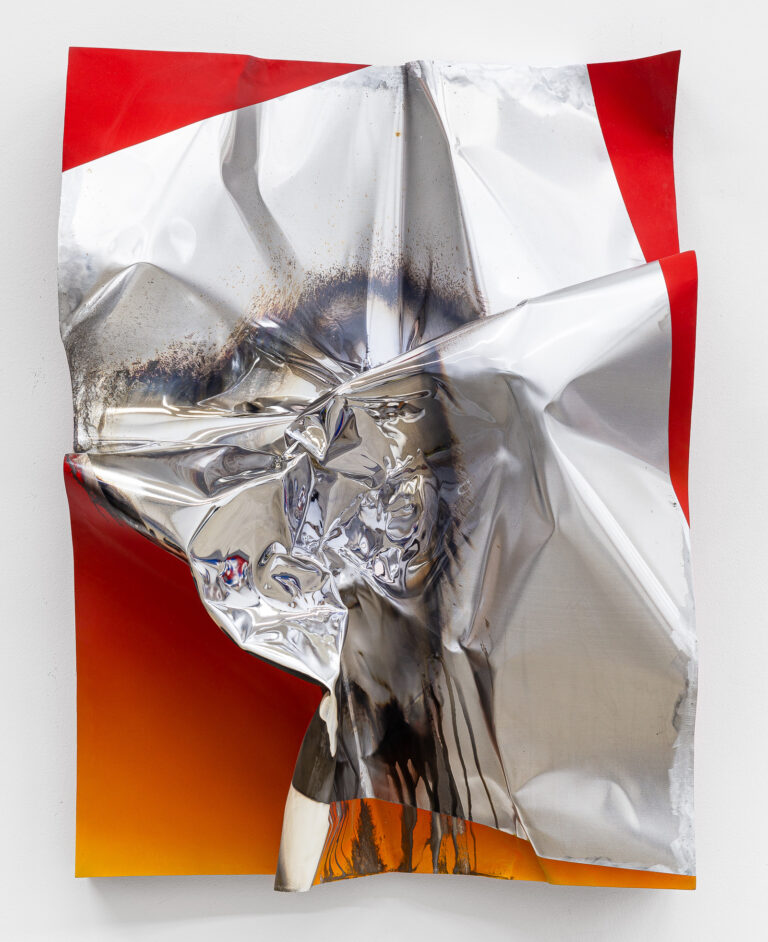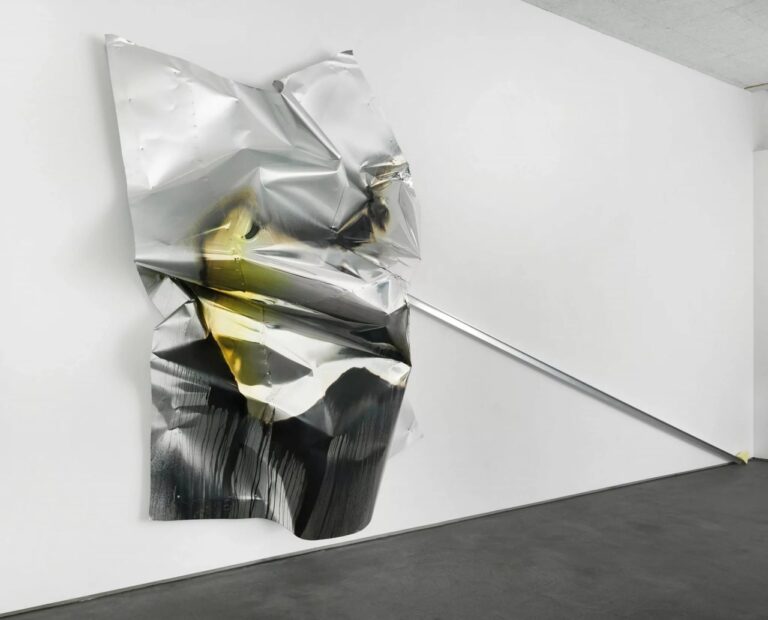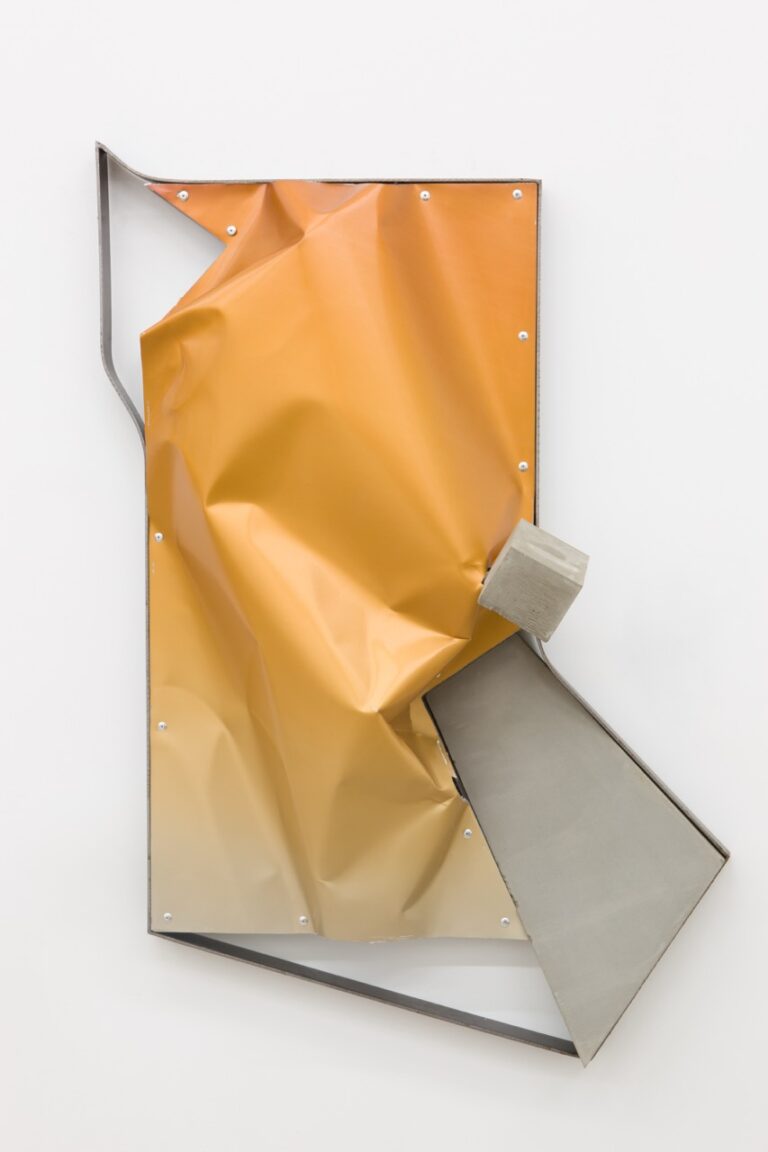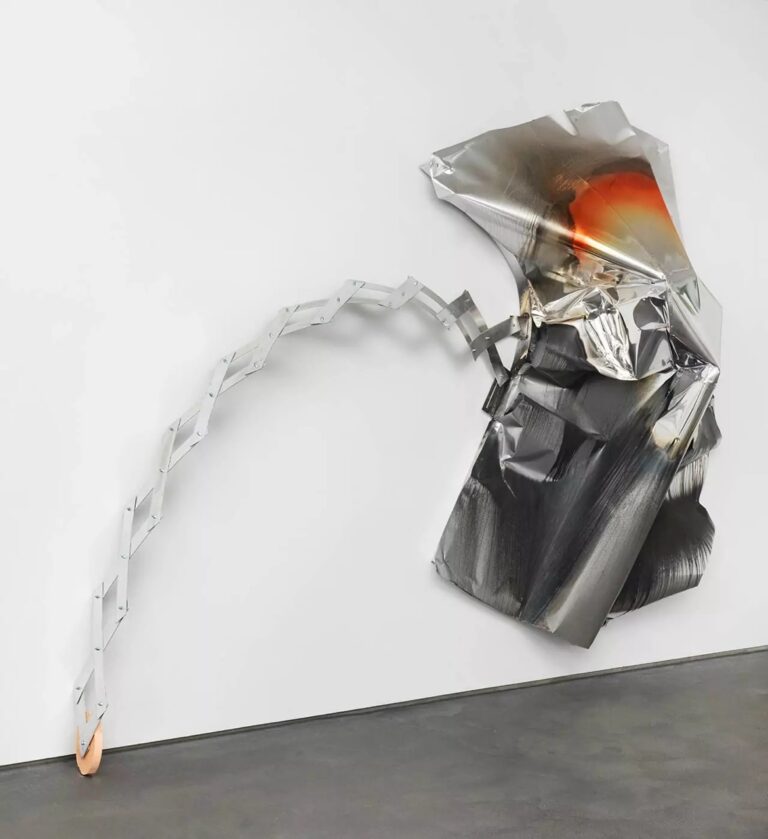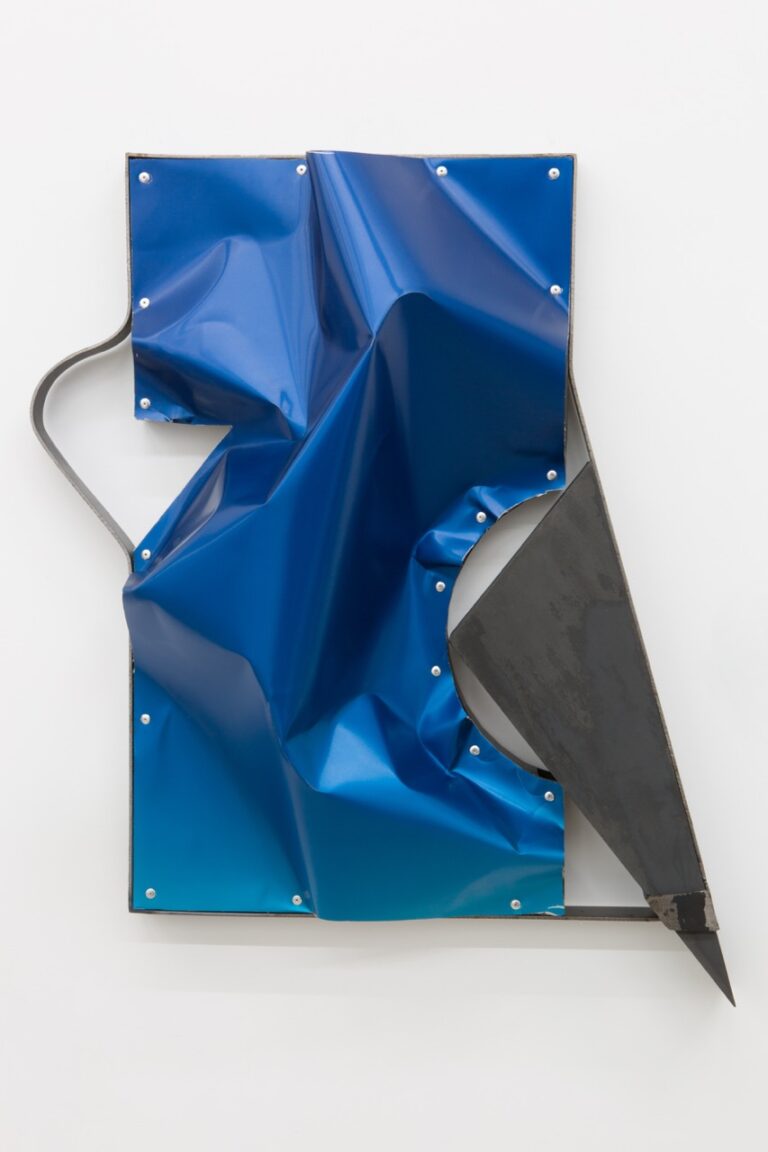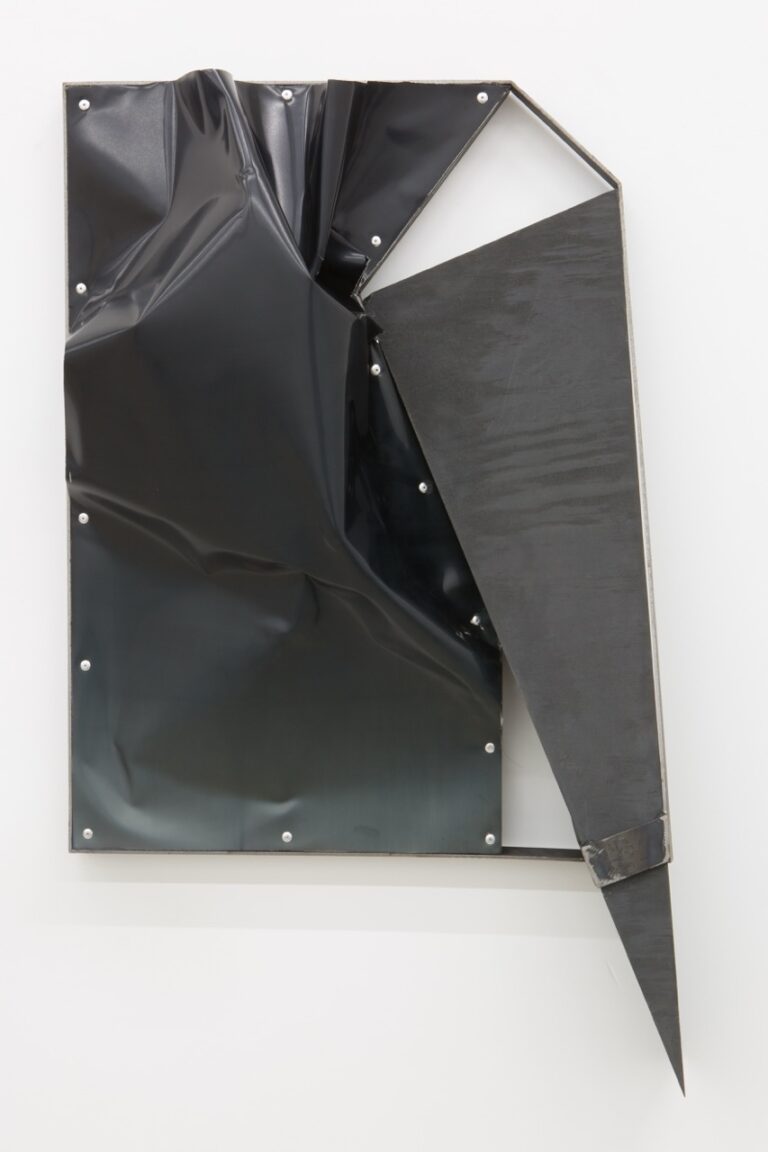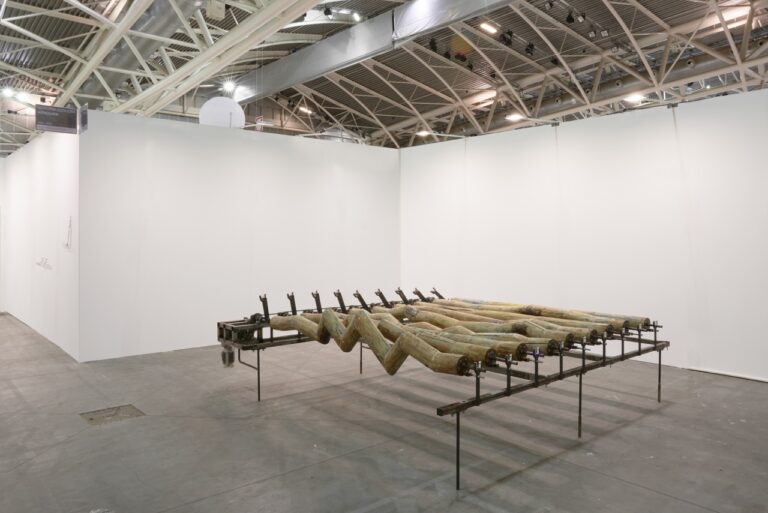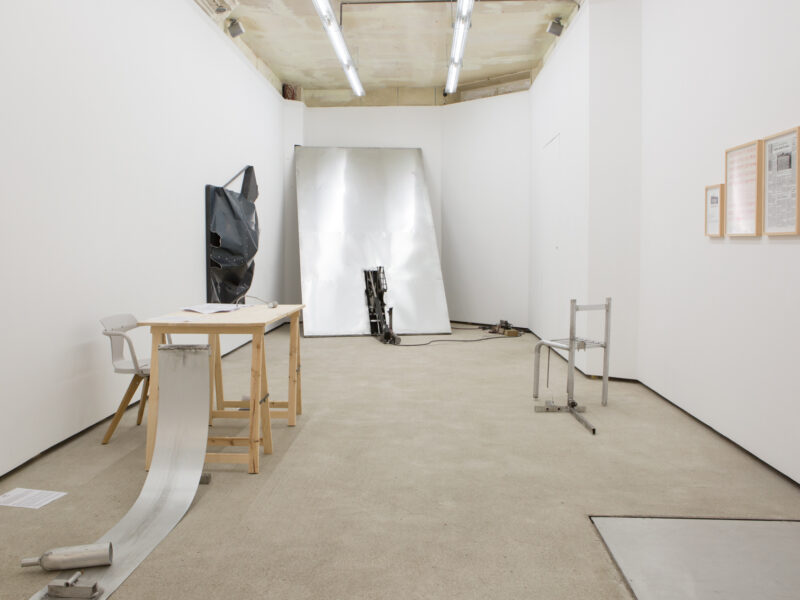Biography
Dorian Gaudin was born in 1986 in Paris, France; he lives and works in New York.
He studied at the École Nationale supérieure des Arts Décoratifs, Paris (2009), the École Nationale supérieure des Beaux Arts, Paris (2011) and Le Fresnoy, Tourcoing, France (2011). Since 2012, his work has been featured in several exhibitions at C.L.E.A.R.I.N.G, New York and Brussels (2012 and 2013), at Balice Hertling Gallery (2013), Nathalie Karg, New York (2016 & 2019), Dittrich & Schlechtriem, Berlin (2017 & 2018), at Ghebaly Gallery, Los Angeles (2018 & 2019). After his first solo show in a European gallery at PACT in 2016, Gaudin had his first solo exhibition in an Art Centre at Palais de Tokyo, March 2017 (“Rites and Aftermath”) curated by Julien Fronsacq. He also participated in “Your Memories are our Future”, organized by Palais de Tokyo in Zurich during the 2016 Manifesta, then in “Singing Stones” at The Roundhouse of Chicago on the occasion of the Architecture Biennale (2017), in “What’s up” New York and London (2017 & 2019) curated Lawrence Van Hagen. His work has also been exhibited within the Guangzhou Triennial (2018) and the Greater Taipei Biennial of Contemporary Art (2018). PACT has been representing his work from 2016 and presented two solo shows of Gaudin (2016, 2019) and two group shows (2018, 2020).
“The notion of time is present as soon as there is motion. I imagine my installations as moments. I do my utmost to provide my works with a psychological aspect. Objects reveal their temperaments thanks to them, they then work themselves into a trance. They dance for us, in a dance which is utterly their own.” Dorian Gaudin
Based on the essential nature of the machine – an instrument communicating a motion – and in order to show how objects are capable of producing a narrative, Dorian Gaudin reminds us of how the fetishisms of objects and technology governs our relationship with the world. His installations often include masterfully engineered machines that lack any explicit purpose, yet move spontaneously, animated from within. These autonomous and unpredictable works of art allow us to question the nature of objects and whether we engage with machines as active users or passive viewers. Gaudin’s wall sculptures then appear as a frozen will and testament of his installations and the movement (violence?) they contain.
Né en 1986 à Paris, Dorian Gaudin vit et travaille à New York et à Paris. Il a étudié successivement à l’École nationale supérieure des Arts Décoratifs à Paris, puis à l’École nationale supérieure des Beaux-Arts de Paris et enfin au Fresnoy, Studio national des arts contemporains, à Tourcoing. Ses œuvres ont notamment été exposées au sein des galeries C.L.E.A.R.I.N.G (New York et Bruxelles, 2012 et 2013), Balice Hertling (2013), à la galerie Tripode (show curaté par Edouard Montassut, Nantes, 2014), Nathalie Karg, New York (2016 et 2019), Dittrich & Schlechtriem, Berlin (2017, 2018) à la galerie Ghebaly, Los Angeles, 2018 et 2019. Gaudin a par ailleurs bénéficé d’expositions institutionnelles dont une exposition personnelle au Palais de Tokyo curatée par Julien Fronsacq en 2017, deux expositions collectives organisées Hors les Murs par le Palais de Tokyo, au A-Crush studio à Zurich durant la Manifesta (Suisse, 2016), à la RoundHouse / Du Sable Museum (Chicago, USA, 2017), en 2018 lors de la Triennale de Guangzhou au Guangdong Museum of Art, Chine et à la Greater Biennale de Taipei au Taipei Fine Arts Museum, Taiwan ainsi au Centre d’art de Regensburg en Allemagne. Il est représenté par les galeries PACT, Paris ; Nathalie Karg, New York.
Se basant sur l’essence de la machine -un instrument communiquant un mouvement- et l’aptitude de celle-ci à produire une narration, Dorian Gaudin nous rappelle comment le fétichisme des objets et de la technologie régit notre relation avec le monde.
Ses installations comprennent souvent des machines magistralement conçues qui n’ont pas de but explicite -elles semblent même le chercher-, mais qui se déplacent spontanément, animées de l’intérieur. Ces œuvres d’art autonomes et imprévisibles nous permettent de nous interroger sur la nature des objets, et de savoir si nous nous engageons avec les machines en tant qu’utilisateurs actifs ou spectateurs passifs. Les sculptures murales de Gaudin apparaissent en parallèle comme un testament, une trace figée de ses installations et du mouvement, sinon de la violence qu’elles contiennent.

